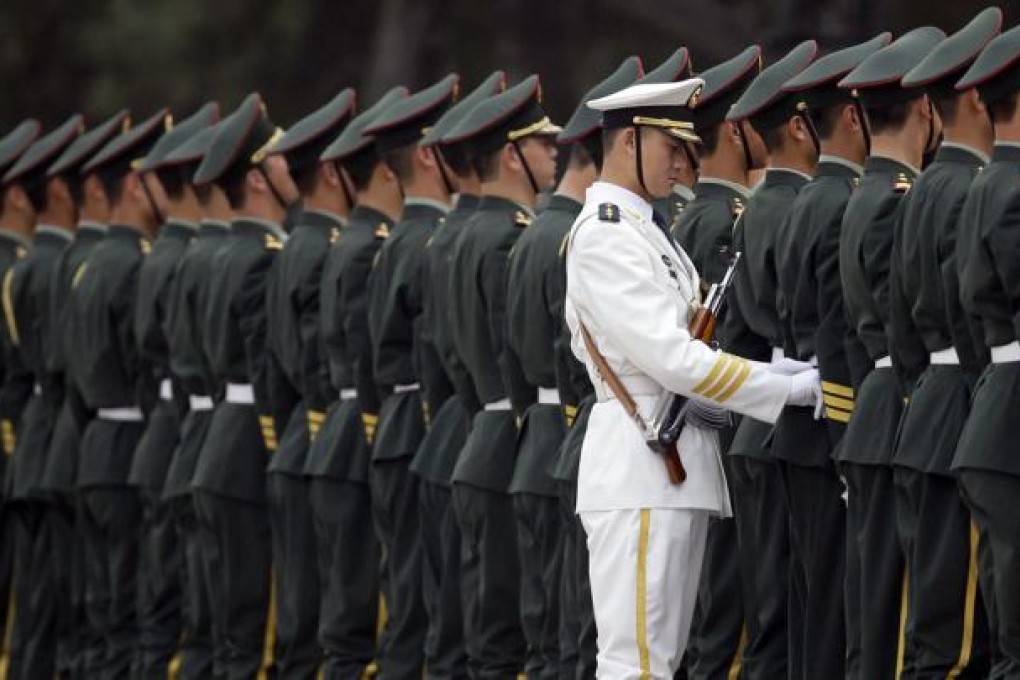Gleanings from China's defence budget
China's defence budgets and white papers usually prompt questions about transparency, which begs the question of how much foreign analysts already know about force disposition, strength, equipment and command. Nonetheless the perception of opacity is part of the background to a regional landscape which, in the words of China's latest defence white paper, is undergoing profound changes as the US adjusts its Asia-Pacific security strategy.

China's defence budgets and white papers usually prompt questions about transparency, which begs the question of how much foreign analysts already know about force disposition, strength, equipment and command. Nonetheless the perception of opacity is part of the background to a regional landscape which, in the words of China's latest defence white paper, is undergoing profound changes as the US adjusts its Asia-Pacific security strategy.
That said, the document issued by the Ministry of National Defence does represent an incremental increase in transparency. That is welcome, given China's assurances that its rise is peaceful and its growing power is for national security only. For example, it reveals for the first time the personnel size of the PLA's three main forces: 850,000 servicemen in 18 land corps, 235,000 in the navy and 398,000 in the air force - a total of nearly 1.5 million.
The discrepancy with the previously disclosed total of 2.3 million is accounted for by border guards, defence researchers and the army's core strategic deterrent force, the missile-armed Second Artillery Corps, which remains secret.
China announced last month a defence budget of 720 billion yuan (HK$896 billion) for this year, an increase of 10.7 per cent compared with 11.2 per cent and 12.6 per cent in the previous two years. Adjusted for inflation, that keeps pace with GDP growth, but the headline figure does not include the cost of arms imports, mainly from Russia, or weapons research and development.
The defence white paper focuses on the fluid strategic background to the budget. Issued days after a visit to Beijing by new US Secretary of State John Kerry, it makes a thinly veiled attack on the US for increasing tensions in the region by ramping up its military presence and alliances, and links this to actions by neighbours that aggravate issues concerning China's territorial sovereignty and maritime rights.
Continuing double-digit increases in military spending, including a large allocation to research and development and procurement of equipment, are clearly aimed at developing hard power commensurate with growing economic, diplomatic and cultural power. This is to advance China's national interests, including territorial claims, protection of trade lanes and counter the resurgent American military and diplomatic presence in the region.